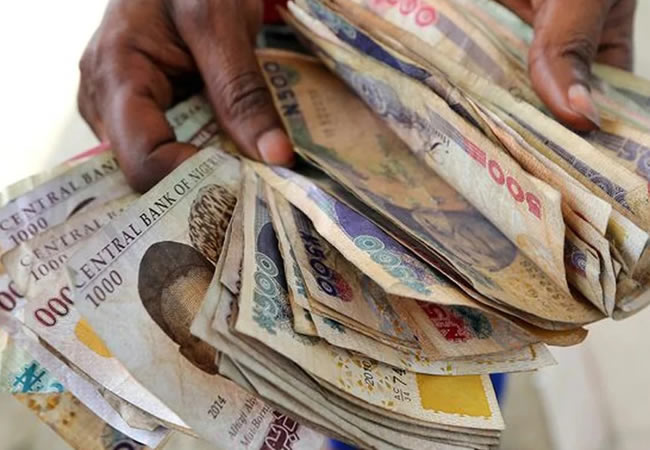The naira lost value on Thursday in the official window as it tried to hold onto its worth in the foreign exchange market versus the US dollar. The Nigerian Autonomous Foreign Exchange Market (NAFEM) saw a 0.8% depreciation of the naira to N1,402.67 per US dollar, according to statistics from FMDQ Securities Exchange.
According to statistics from the Central Bank of Nigeria (CBN), the gross balance in the country’s external reserves increased from $32.106 billion to $32.254 billion at the end of April.
Prior to a decline, foreign reserves had reached a peak in March of around $34.45 billion. The fall, according to the top bank, was caused by FX liabilities.
Authorized market players have seen a spike in the volume of US dollar demand in the official window. But FX liquidity has strained with no injections made into official window by the apex bank.
The CBN has maintained position that the spot rate at the official window would be determined by forces of demand and supply, based on its willing buyer, willing seller model. In the last two weeks, exchange rate has continue to worsen after rapid gain that saw exchange rate at less than N1100 per US dollar.
Things are not getting better yet at the informal currency trading segment. According to channel checks, the naira depreciated at the parallel market by 1.72%, closing at N1,363 per US dollar.
The depreciation comes on the back of rising demand pressure amid Nigeria’s falling crude oil production. Information obtained from the global commodity market showed bears trended has persisted.
Gold prices experienced a decline, dipping below $2,300 per ounce and nearing a four-week low. This movement occurred as investors remained engaged in evaluating the implications of the Federal Reserve’s recent policy decision to maintain interest rates at their current levels.
Brent and West Texas Intermediate continue to face pressures over negative demand outlook as US crude oil inventories rose sharply, according to data from Energy Information Administration.














